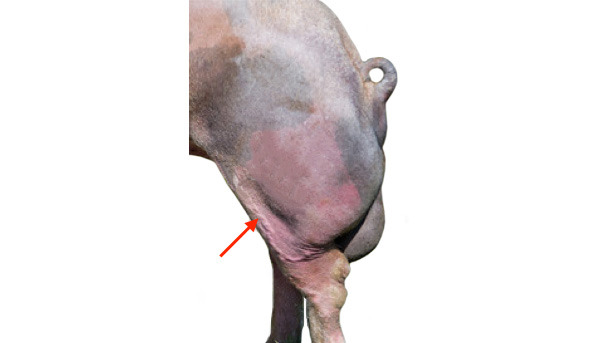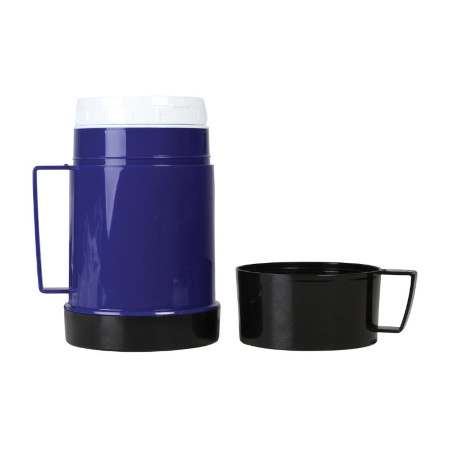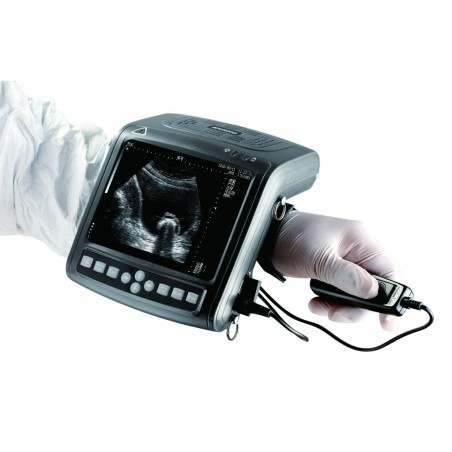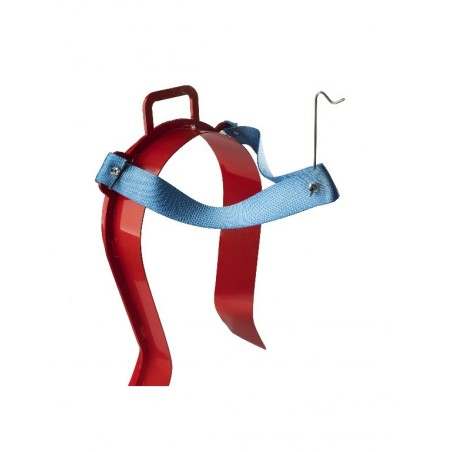In livestock farms, boars' responsibility has increased with the number of doses and offspring they are able to produce. The conditions that have determined this dose increase have been both the need for the boar studs to work with boars that produce a minimum number of doses to maintain their profitability and the use of post-cervical insemination, which can significantly reduce sperm concentration per dose. An estimated 5,000 to 18,000 piglets are obtained per farmer per year; this broad range is subject to the number of doses produced per boar, and the genetic line of the serviced sows (especially when hyper-prolific lines are used.) Because of these figures, the choice of the wrong boar in a boar stud can have unpredictable consequences for the economic performance of pig farms.
To hold the status of breeding boars, thus ensuring their reproductive ability is sound, they must meet a number of parameters. Before initiating the production phase, data should be collected both from the genetic company of origin and the quarantine period. Subsequently, and throughout their productive life, regular checks will allow control of drops in productivity and seminal quality, and they will also indicate when the animals stop meeting the requirements and should be removed.

These controls to assess the boars should include, but not be limited to:
Genetic Evaluations
These checks are performed once in the life of the animal, and must be carried out prior to the start of the production phase. Any abnormality in these parameters manifested by the boar can be transmitted to its offspring and have a high productive and economic impact. Boars have to meet their breed or line genetic standards, and should not be carriers of genetic defects (hernias, splayleg, skin problems, etc.) or chromosomal changes (reciprocal translocations) affecting the karyotype. With regard to the latter control, carrier boars have been found to cause important reductions in litter size in all cases and, in some cases (but not all), they also induce decreases in fertility and presence of piglets with various birth defects (Sanchez-Sanchez et al. 2016.) In our work we found an incidence of 3.6% in the presence of these defects, with varying degrees of changes in the reproductive parameters (Table 1.)
Table 1. Chromosomal changes found by INIA's swine team (Sanchez-Sanchez et al, 2016)
|
Chromosomal change identified |
Gender | Breed | Affected parameters | ||
| Reduction of litter size | Reduction in fertility | Birth defects in piglets | |||
| Φrcp(1;4)(q+;q-) | male | Iberian | * | * | * |
| Φrcp(1;6)(q17;p11) | male | Synthetic line | * | * | * |
| Φrcp(1;11)(q-;p+) | male | Duroc | 29.38% | No | Yes |
| Φrcp(1;15)(q-;q+) | male | Synthetic line | * | * | * |
| Φrcp(2;8)(q-;q+) | female | Transgenic | * | * | * |
| Φrcp(2;10)(q-;q+) | male | * | * | * | Yes |
| Φrcp(3;14)(p+;q-) | male | Duroc | 11.30% | Yes | No |
| Φrcp(3;18)(q14;q21) | male | Duroc | 20.25% | No | No |
| ϕrcp(3;18)(p14;q24) | male | Large White | 43.32% | No | No |
| Φ rcp(4;7)(+;q-) | female | Transgenic | * | * | * |
| §rcp(1;2;17 (q11q17;p16;q13) | male | Large White | 46.71% | Yes | No |
| ρinv 4(p15;q24) | male | Synthetic line | 6.85% | No | No |
* No data are supplied from farms
Φ reciprocal translocations
§ complex reciprocal translocation involving three chromosomes
ρ investment
Health Status
In addition to the specific controls of each boar stud, national and international regulations must be complied with in order to achieve the health status that will allow your semen doses to be used in livestock holdings.
Physical conditions
The boar must maintain an adequate general condition and be problem-free. The following aspects must be accorded special attention:
- Leg problems: deformations, asymmetries, state of the hooves, gait, varicose veins and lesions need to be assessed (Fig. 1)
- Genital tract: testicles, penis and preputial bag will be assessed by physical examination or ultrasounds; prostate, seminal vesicles and Cowper's gland can only be examined with ultrasounds.

Figure 1. Varicose veins in a boar
Animal Behaviour
Particular attention needs to be paid to the boar's libido, that will allow it to jump on the dummy sow and have a correct ejaculation. Aggressive behaviour that can cause problems when handling animals, slowing down the semen collection process and also posing a risk to operators in boar studs.
Semen quality
Each ejaculated has to be analysed to make sure it is of high quality, and to quantitatively assess the number of semen doses it can provide. The classical techniques of seminal contrast have given way to the current computer programs that analyse images of sperm cells more objectively and quickly. Research frequently uses fluorochromes, that enable the assessment of multitude of structural and functional sperm cell parameters; there is no doubt that some of them may be used routinely in the boar studs. Another line of work that is being developed, and which usefulness is being shown in the assessment of ejaculates, is the detection of different proteins in the ejaculate that act as biomarkers related to spermatogenesis and / or sperm maturation. One example is the detection of ubiquitin, negatively correlated with fertility and litter size.
Boar Profitability
Assessment of production in a boar farm can be determined in specific holdings; its calculation is complicated in many cases due to the diversity of variables between inseminated farms, the use of different males per heat, or the use of heterospermic doses. Another approach to profitability frequently used in boar studs is the number of semen doses produced per each boar. This parameter may vary depending on the boar studs, country, timepoint, etc., but there is no doubt the stringency levels in countries with large censuses and widespread use of artificial insemination is higher, and thus, a boar must reach a minimum of 1,500 doses per year to maintain its profitability (Gil Vicente, 2016).










